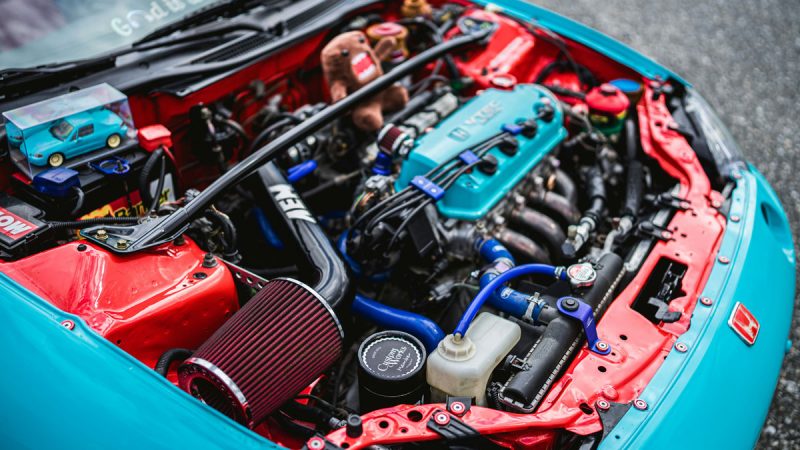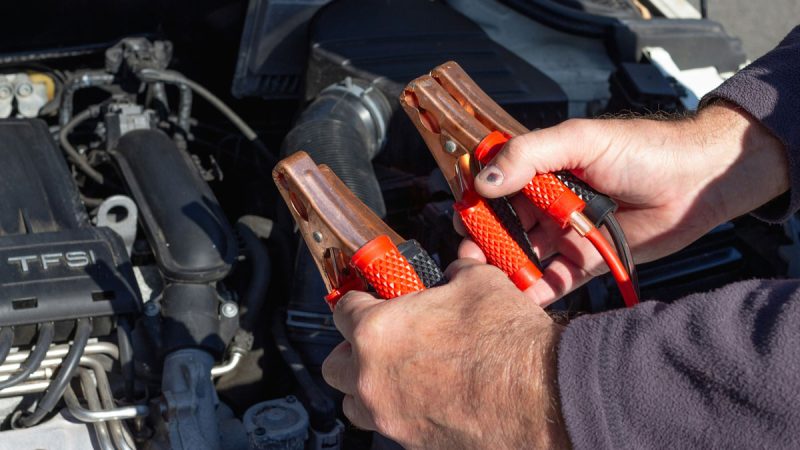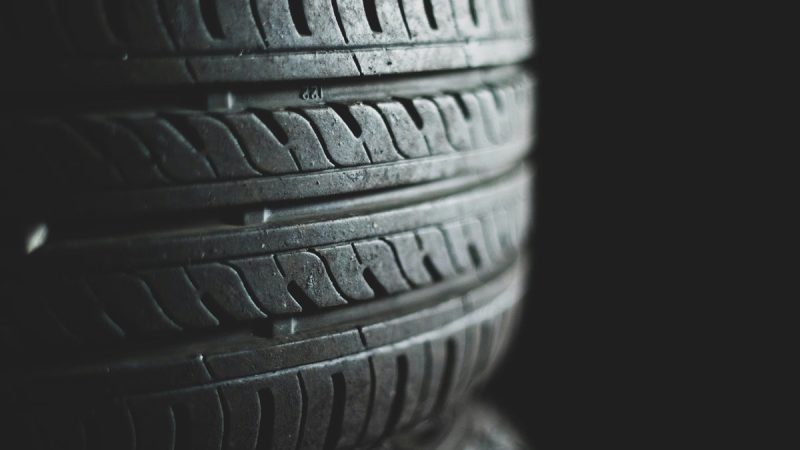How to Choose the Right Tires for Your Car

As a car owner, you should be aware that maintenance is something we cannot avoid. Wishful thinking won’t give us the eternal longevity of expensive parts, so sooner or later, we’ll need to accept the truth. You can say the same about tires.
Sure, you’ll hear people claiming that tires can last for hundreds of thousands of miles or perform well after a decade or so, but the reality is far from it. Even the longest-lasting tires will barely hit six-digit numbers in terms of mileage and probably won’t see double-digits in the age section.
Sooner or later, you’ll need to replace your tires. Today’s tire market offers a plethora of options, which can make things difficult for some people. I’m here to help. I’ll guide you through the process of choosing the right tires for your car, ones that you’ll get the most out of and spend just as much as you need.
Choosing the Right Tires for Your Car
You’ll need to consider multiple aspects before you buy a new set. The three most essential ones are category, season, and price.
Choosing Tires Based on the Category
First, let’s discuss the type of tires you’ll be looking at. If you dig through the popular retailer, you’ll find plenty of categories that may seem confusing, so let me simplify that.
When you start looking into tires, you’ll have three main options to consider: touring, performance, and off-road. Let’s see which is which. I’m not mentioning racing tires because if you need a set of those, you probably don’t need help choosing tires.
What Are Touring Tires?
The most popular category is touring tires. These are the kind of models you’ll get for a daily commuter if you’re after longevity combined with safe performance. Multiple sub-categories offer slightly different sets of features.

For example, grand touring tires aim to bridge the gap between touring and performance tires at the cost of longevity. They balance both sides, so they won’t be the longest-lasting models, but they’ll offer a bit more dynamic performance.
On the other hand, standard touring or highway tires are all about longevity and refinement. These are models with low rolling resistance and offer the longest treadwear warranty. They won’t wow you on the track, but they’ll be the tire that lasts for a long time
Which Touring Tires Are the Best for You?
You’ll hear this often throughout this guide – it depends. Most people want a set of long lasting and refined tires. This means standard touring or highway (depending on the type of vehicle) will be the perfect choice.
On the other hand, if you want something a bit more interesting to drive, then the grand touring models are a solid choice. They won’t turn your Corolla into a racing car, but if you push it hard, you’ll notice a bit more grip and traction.
What Are Performance Tires?
The name is self-explanatory, but still, it’s my job to introduce them. Performance tires are the kind of models that will offer much better performance than touring tires, at the expense of refinement and longevity.
More grip, more traction, more feedback, more responsiveness, more noise, more vibrations at the cost of longevity. This about sums up performance tires. Like the touring models, there are several sub-categories, depending on the kind of performance they deliver.
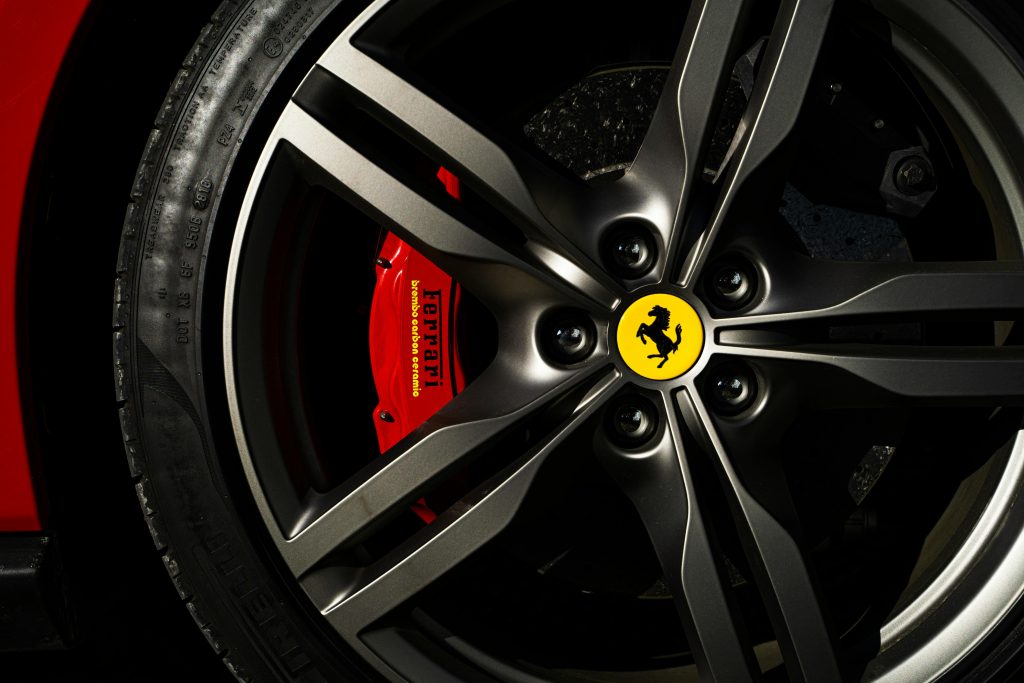
There are several subtypes of performance tires for this segment, depending on how much performance they offer. Take high-performance tires, for example. In some ways, they’re similar to grand touring tires as they offer excellent performance and decent-ish refinement. As you go up the ladder, the difference increases.
When you reach extreme performance tires, you should expect to get the best performance available from a street-legal tire. Included in the package is the refinement, or lack thereof, meaning the noise and comfort levels won’t win any awards.
Which Performance Tires Are Best for You?
The right performance tires will depend on the type of car you have. Even though extreme performance tires will offer the best possible grip and traction, they may not be as usable as you may think.
For daily driving, I’d say the most you should consider are UHP or ultra-high-performance models. They do an excellent job in most conditions, and you won’t need to worry about putting in enough temperature to get the most out of them.
With that said, let me touch base on the type of vehicle. For example, fitting a set of Continental SportContact 7 on an economy hatch is pointless. You won’t even reach half of the potential, but you’ll pay a lot. On the other hand, if you have a sporty coupe, you could get a noticeable boost in handling characteristics.
It’s ultimately your decision, but if you want a car with some dynamic characteristics, you should consider performance tires. Just make sure you get a set that you’ll be able to exploit and don’t overkill the purchase.
What Are Off-Road Tires?
Another name that needs no in-depth explanation. Off-road tires are the kind of models that will offer you performance in off-road conditions. A dirt trail, mud, rocks, any road or condition that isn’t paved is where these kinds of tires will shine.
There are two popular and one relatively new type of off-road tires. The popular ones are all-terrain and mud-terrain, while the new one is rugged-terrain.
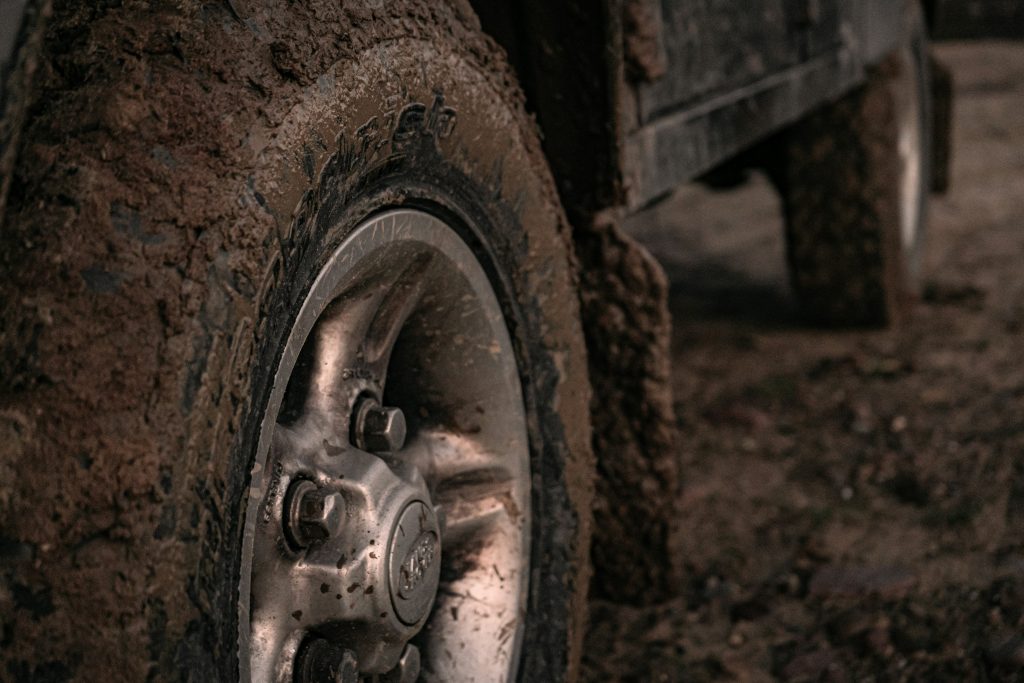
All-terrain tires are a very common choice for SUV or truck owners due to their ability to perform decently in most conditions. I emphasize decently because these tires offer combined on- and off-road performance. One tire can’t excel in every condition, and the same rule applies to all-terrain ones. They won’t be as good as touring tires on the road, or as good as mud-terrain ones in non-paved conditions.
Mud-terrain tires, on the other hand, are born and raised to excel in off-road conditions. Dirt roads, muddy trails, rocks—you name it, they can do everything. Tires from this category are serious about off-roading, and they can handle those conditions with ease. Their road performance is barely acceptable but safe enough as long as you’re away from the limitations.
Rugged-terrain tires are the latest addition to the off-road category. Tire manufacturers have made these to sit between all-terrain and mud-terrain tires, so they’re another type that won’t excel at anything. The road performance is pretty solid and very close to the all-terrain models. For off-roading, it’s better than those, but not as good as mud-terrain ones. These are the tires you’ll aim for if you want a bit better off-road performance without massively compromising the on-road one.
Which Off-Road Tires Are the Best for You?
The right off-road tires for you will depend on the type of vehicle you have and the type of off-road you do. Some people make the mistake of getting the most hard-core off-road tires for driving down a dirt road, and that’s a big mistake.
All-terrain tires are your best bet if you own an SUV with somewhat limited off-roading capabilities but still like to drive in those conditions. They’ll do a solid job in lighter situations and will not cause you any massive problems. You could go for a rugged-terrain model for a bit more off-road strength, but that’s as much as you’ll be able to get.
On the other hand, if you own a proper off-road vehicle and you drive it as intended, you’ll need to look at some mud-terrain tires. Many people drive these vehicles on and off-road, so some of them have a set of highway tires as well. It’s an expensive adventure, but it gives you the best of both worlds.
Choosing Tires Based on the Season
Season-specific tires are nothing new, and they can deliver performance in multiple conditions. You have the choice of summer, winter, or all-season tires here, with the all-weather ones gaining traction in recent years.
What Are Summer Tires?
As the name suggests, these are tires that are intended to be driven in warmer climates. With that said, they’re not just for summer. In general, summer tires have a harder rubber compound and don’t have too many grooves and sipes.
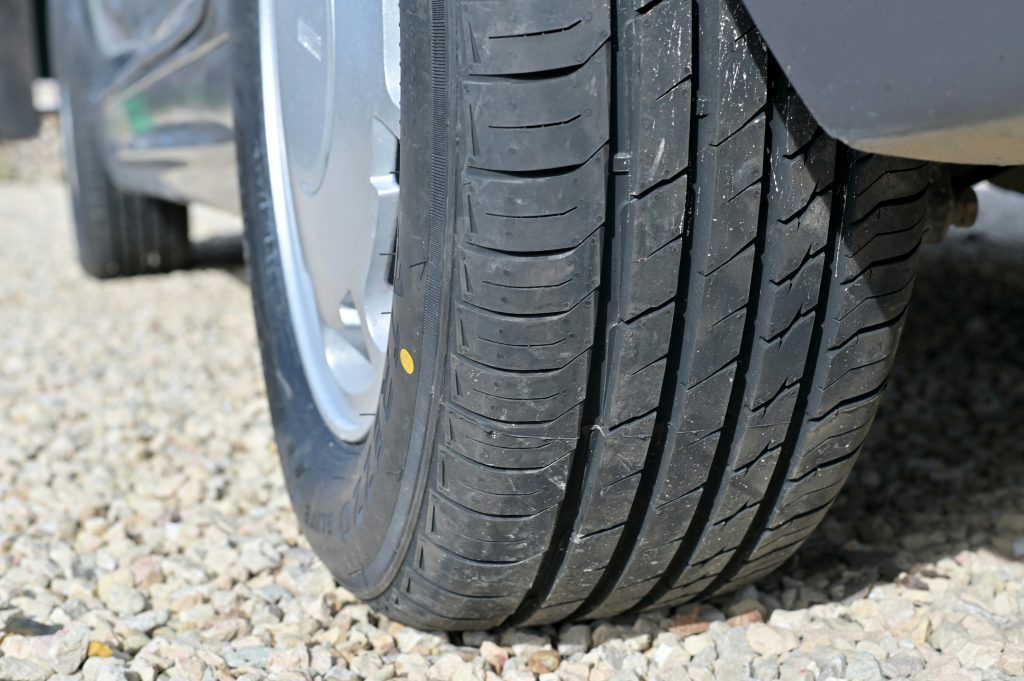
This is to ensure they offer the widest contact patch, thus giving you more grip and traction. It’s not like they don’t work in the rain, but you could say there’s a limit to their performance. You can use them in spring, summer, and autumn, as long as the temps are above 45 degrees Fahrenheit or 7 degrees Celsius.
It’s not exactly a rule written in stone, but most manufacturers recommend this, so we stick to it. The harder compound means the tire won’t be pliable below these temps, something that’s essential, especially if you decide to push your car a bit. Even though they don’t have all the sipes in the world, they have enough to offer the necessary wet performance.
What Are Winter Tires?
Winter tires are the opposite of summer ones, and as you probably guessed, these are the tires you’d want on your car during winter. The aggressive tread pattern and a softer rubber compound allow them to perform in these conditions. Even though these kinds of tires won’t be the grippiest on a dry road, they’ll excel in situations where the summer tires would be useless.
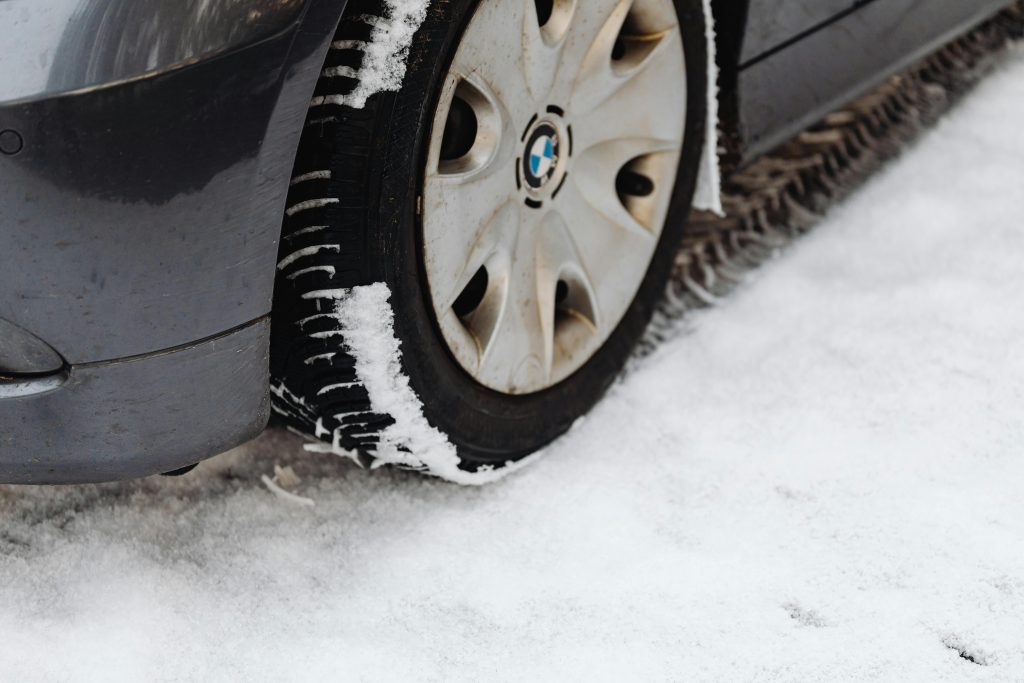
The softer compound allows these tires to remain pliable in temperatures below 45 degrees Fahrenheit, the point at which most manufacturers recommend making the switch. On the other hand, the aggressive tread pattern with biting edges, sipes, and all kinds of design witchcraft gives these tires the biting force needed for snow and, in some cases, ice conditions.
Speaking of ice, the winter tire category includes tires with studs. Depending on the model, you can either get permanently studded tires or those with the studs removed. The idea behind these little metal miracle workers is that they greatly improve traction on snow.
What Are All-Season Tires?
Sitting somewhere between summer and winter tires are all-season one. The principle here is the same as with the all-terrain ones, but in this case, we’re talking about weather conditions. All-season tires are designed to be used throughout the entire year, performing well in summer, winter, and the other two seasons.
The main thing to note about all-season tires is that they perform well but don’t excel in any specific situation. They won’t be as good as summer or winter tires in their respective conditions. The biggest problem is driving in the winter, as extremely cold temperatures or deep snow will reveal their weaknesses.
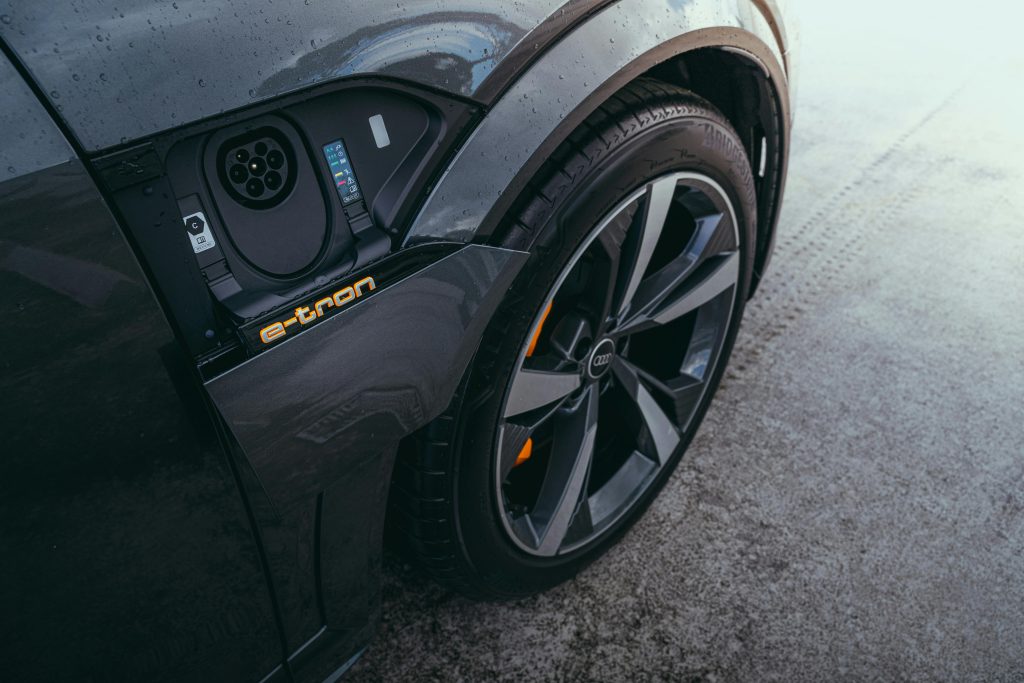
In recent years, the tire industry has seen the addition of all-weather tires, which are technically all-season tires but with a slight improvement. Unlike all-season tires, most of which come with an M+S rating, all-weather models have the 3PMSF rating, just like winter tires. In terms of winter performance, they’re better than all-season tires but not as good as winter ones.
Which Tires Are Best for You Based on the Season?
Choosing tires based on the season will depend on where you live and where you drive. My area features all four seasons in full bloom, so I have a set of summer and winter tires. In recent years, thanks to global warming, the winters have been quite mild, but I still keep the winter tires just in case. A weekend in the mountains means I could easily get stuck, so I’m not risking it.
This is why all-season and weather tires are so popular. Their ability to perform in almost all weather conditions makes them perfect for the average driver. Not only is it less hassle to eliminate the need to replace the tires twice a year, but it’s also a cheaper option.
At the end of the day, your conditions and driving habits will dictate which ones to go for. If you’re not into some hardcore winter adventures in the mountains, a set of all-season or all-weather tires will cover your needs nicely. On the other hand, if your budget allows for it, getting a dedicated set means you’ll get the best possible performance in every season, as long as you have the right set fitted.
Choosing Tires Based on the Price
Price is a crucial factor in choosing the right set of tires. We all want to get the most expensive set we can, and with good reason. Tires from premium brands are considered the best, so it’s natural to aim for those. That said, things aren’t black and white, meaning there are a ton of variances.
For most of us, the budget is a deciding factor, so we don’t have the option to get the latest and greatest from the tire industry. In addition to that, some shouldn’t even consider them, and it’s not the reason you think of. Premium tires are worth it, but not always. Owning an old and not-so-powerful car means that a set of premium tires won’t be the ideal choice. You’ll pay top dollar for them, but you won’t express them to the fullest.

This is where mid-range tires from brands like Firestone, Cooper, Hankook, and many others come into play. They offer performance that is often close to the premium models but at a fraction of the price. They are still behind, but at least they won’t put your wallet on a diet.
There isn’t a right or wrong tire, at least in terms of budget, so you’ll need to do some price comparisons and discount hunting. Find a few that you can afford, check out some reviews, and test them to see what kind of performance you should expect.
Last but not least, avoid the cheap Chinese tires. The price is tempting, but there is a reason for that. Prominent tire manufacturers pour millions into research and development, something the cheap ones don’t. Sure, the tread pattern may look the same, but it’s not identical. The fine details differ, which is what gives the “better” tires the advantage over the “bad” ones.
Conclusion
Going online or to your favorite tire shop and picking a set of tires isn’t as easy as one might think. There are countless aspects to consider, some of which fall under the three categories I mentioned today: type, season, and price.
While the process may seem overwhelming, it’s not all that complicated, especially if you have all the information. This is where today’s guide comes into play. By covering these aspects in greater detail, I hope I have explained and guided you through the deciding process and helped you choose the right set of tires.
Featured image by Robert Laursoo on Unsplash

